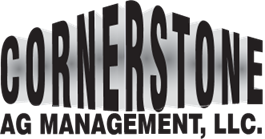All Eyes on the Milk Price
“Within dairy specifically, all eyes are on the milk price into the coming months, with values falling slowly but steadily recently. This price pressure, coupled with still high cost of production, will mean that some dairy farmers might struggle to achieve profitability this year. Data shows that cows’ numbers began to contract in November and December, and if margins remain tight, Rabobank expects additional declines in the herd size.”
“Even if cow numbers contract, Rabobank still expects stronger milk supplies this year versus 2022, likely climbing around 1% during this calendar year. This additional volume, coupled with a return to stronger production in the EU as well, means that demand will need to keep pace to avoid further milk price declines.” –
Read the full article by Lucas Fuess with Dairy Herd Management











